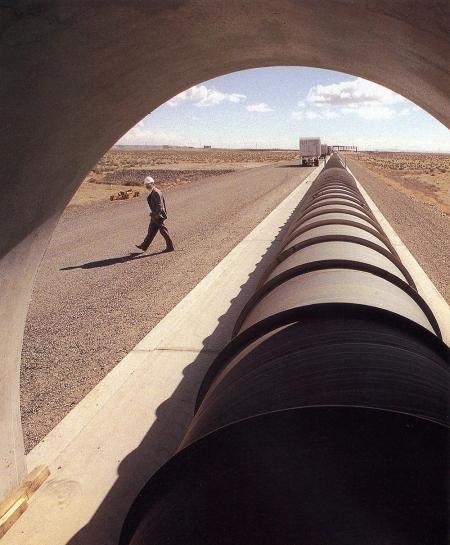Gravitational Waves - Sooner Than Later?
|
Built to look for gravitational waves, the ripples in the fabric of space itself that were predicted by Einstein in 1916, the Laser Interferometer Gravitational-Wave Observatory (LIGO) is the most ambitious project ever funded by the National Science Foundation. LIGO consists of two L-shaped interferometers with four-kilometer-long arms; at their ends hang mirrors whose motions are measured to within one-thousandth the diameter of a proton. Managed jointly by Caltech and MIT, Initial LIGO became operational in 2001; the second-generation Advanced LIGO was dedicated on May 19. Barry Barish is the Roland and Maxine Linde Professor of Physics, Emeritus. He was LIGO's principal investigator from 1994 to 1997, and director from 1997 to 2006. Stan Whitcomb (BS '73) was an assistant professor of physics at Caltech from 1980 to 1985. He returned to campus as a member of the professional staff in 1991 and has served the LIGO project in various capacities ever since. We talked with each of them about how LIGO came to be. .... See full text |
|

There are no published comments.
New comment